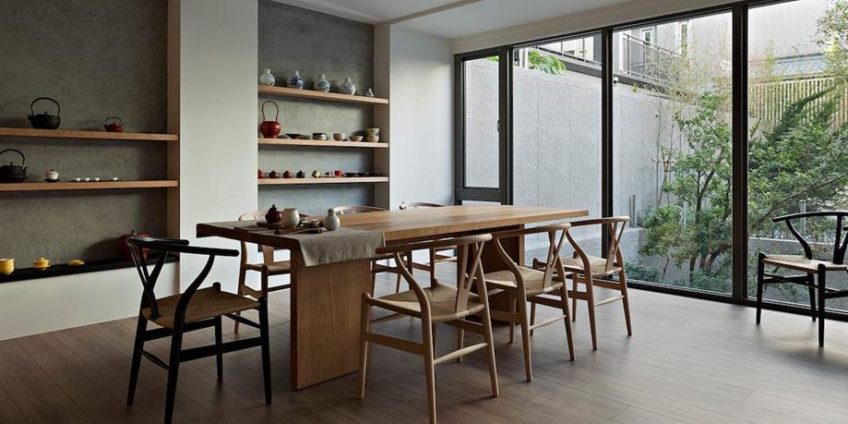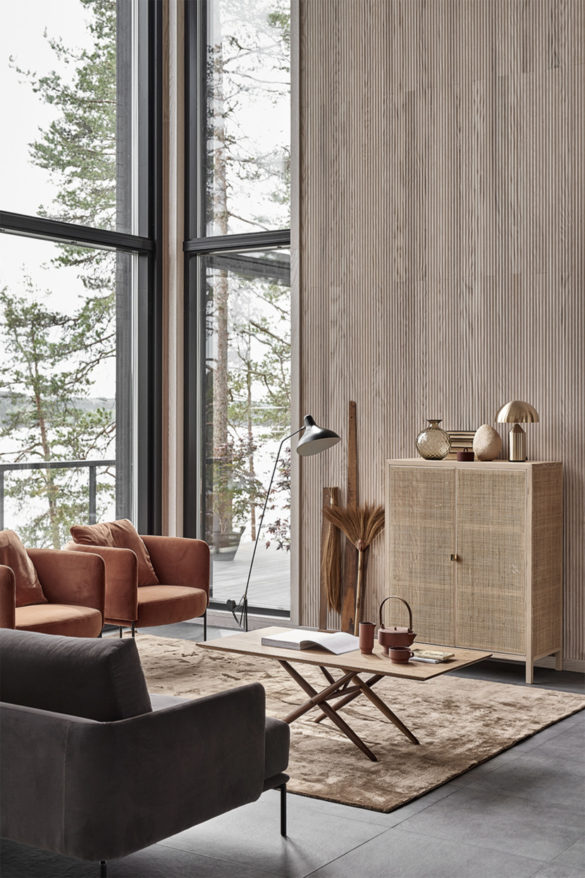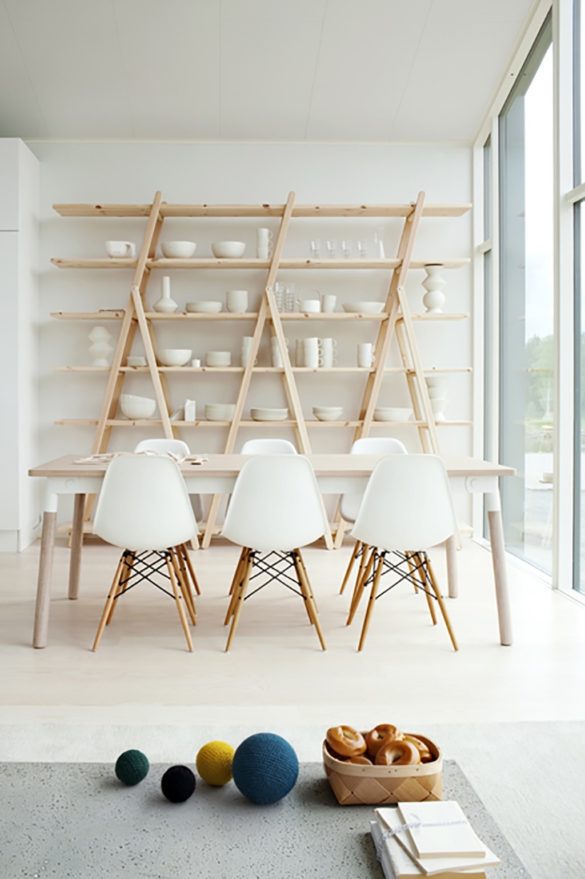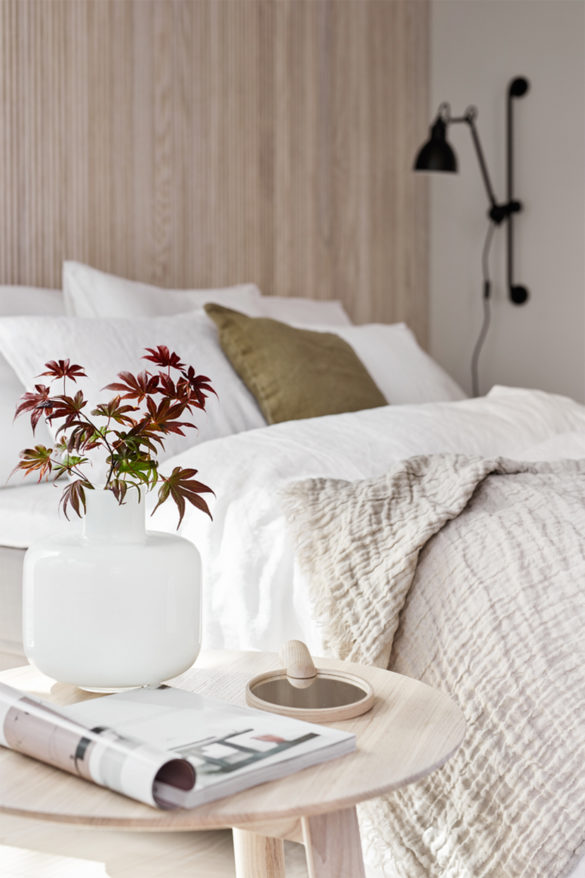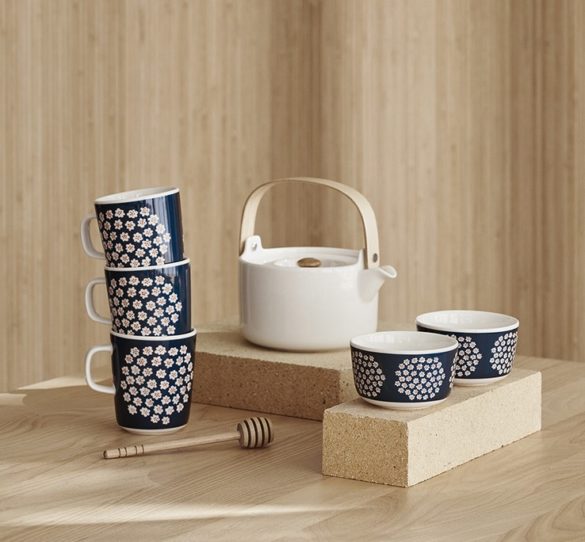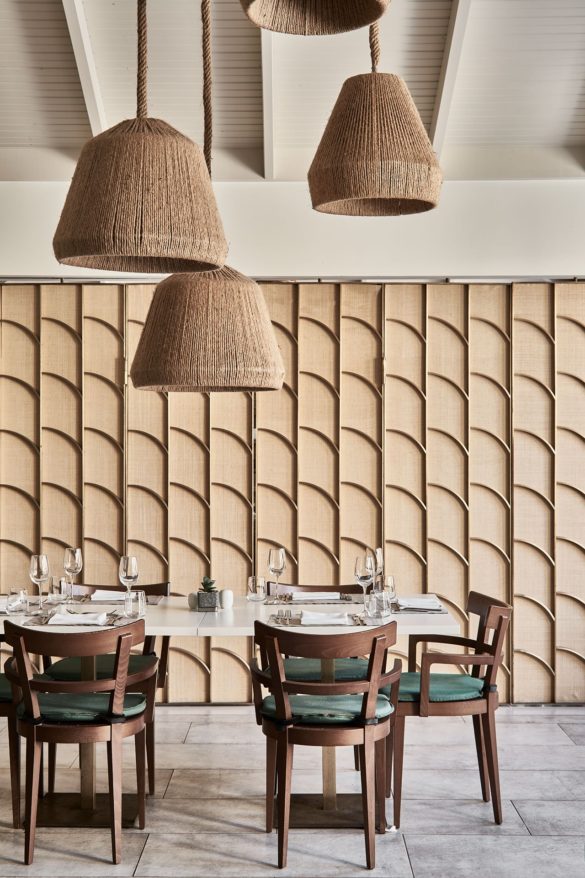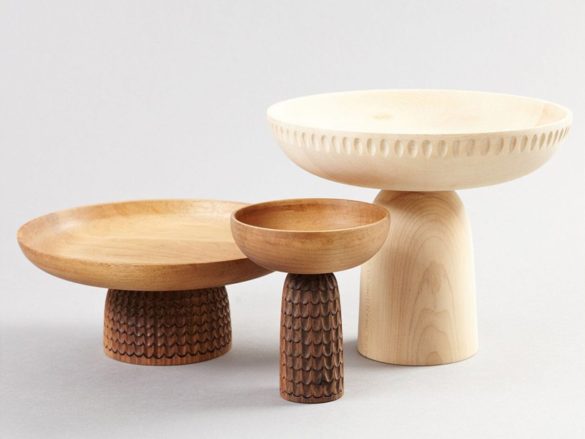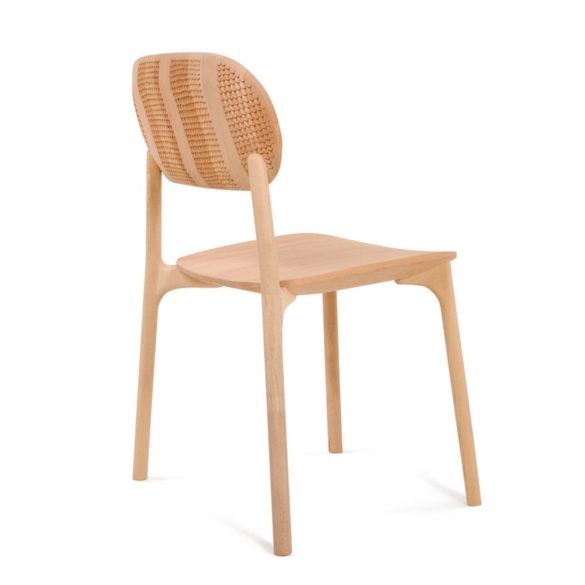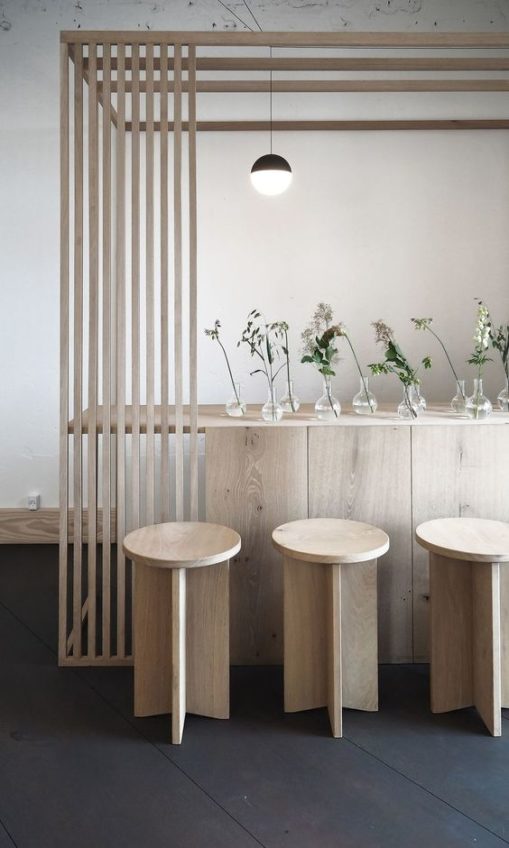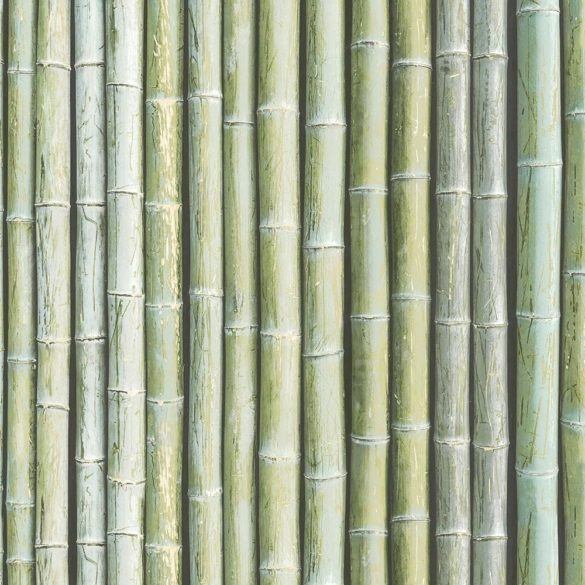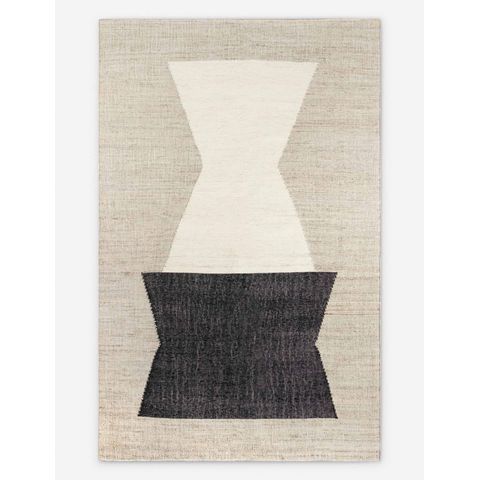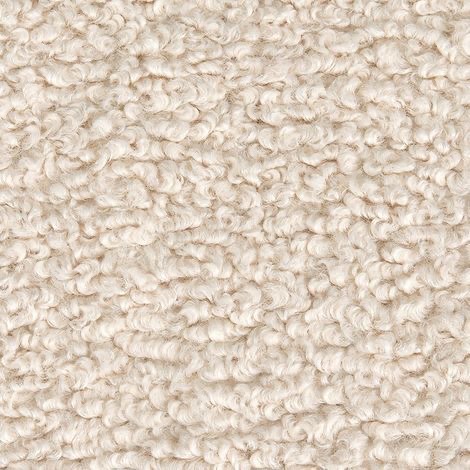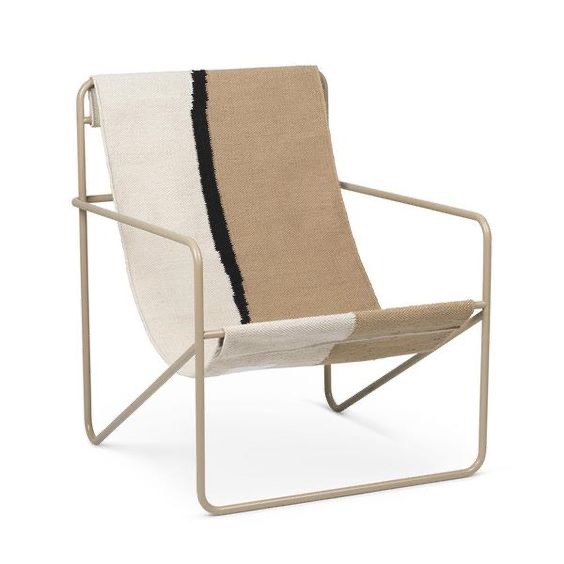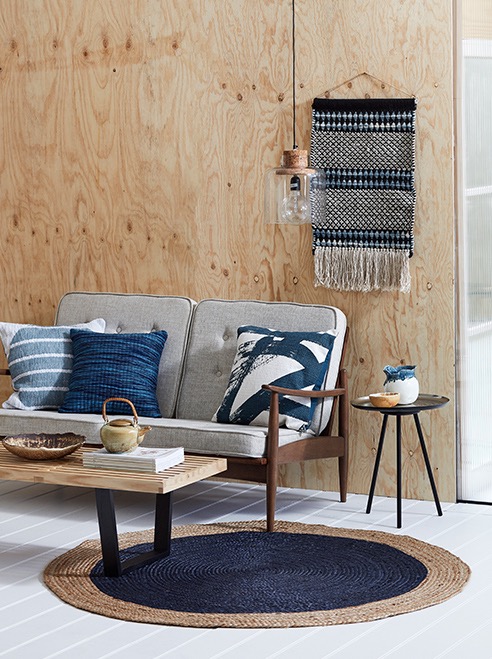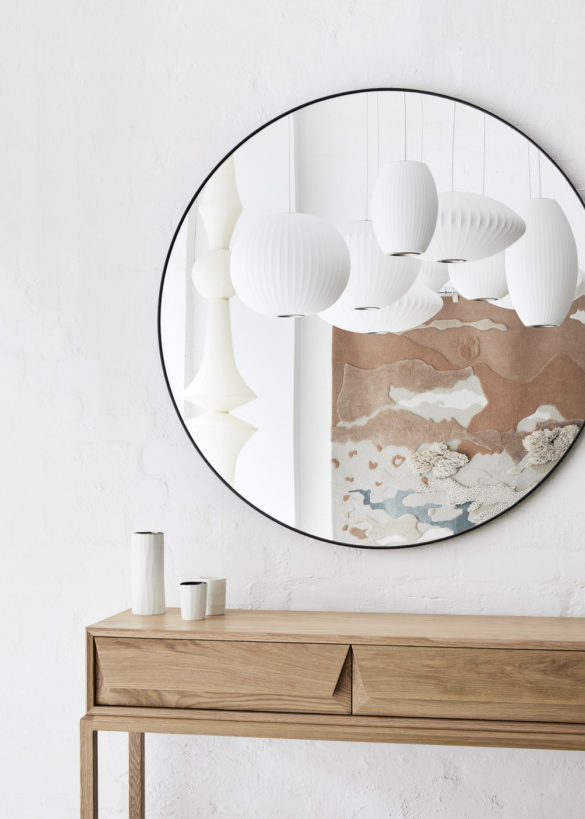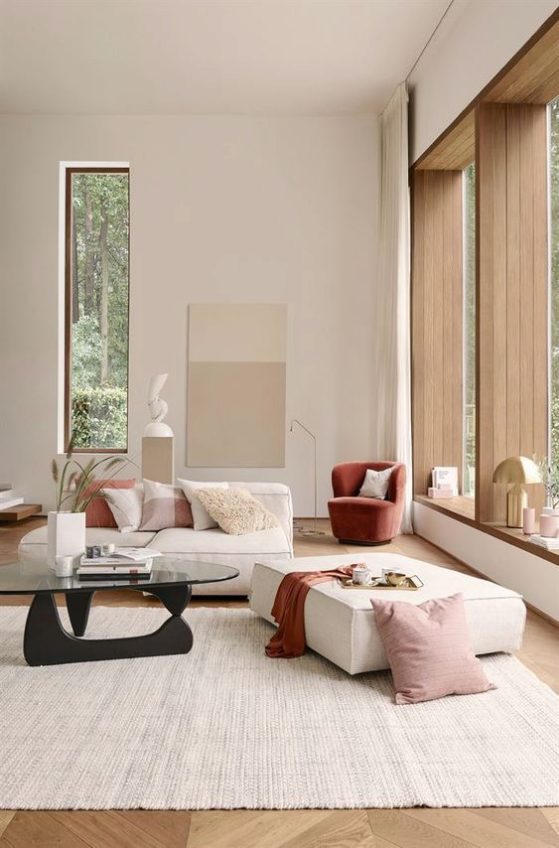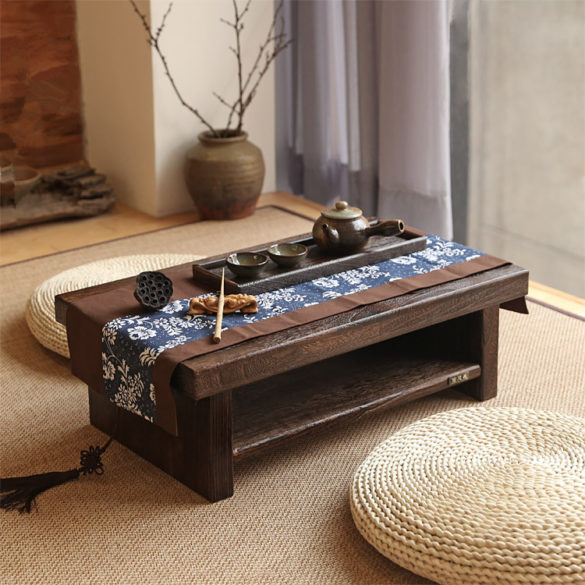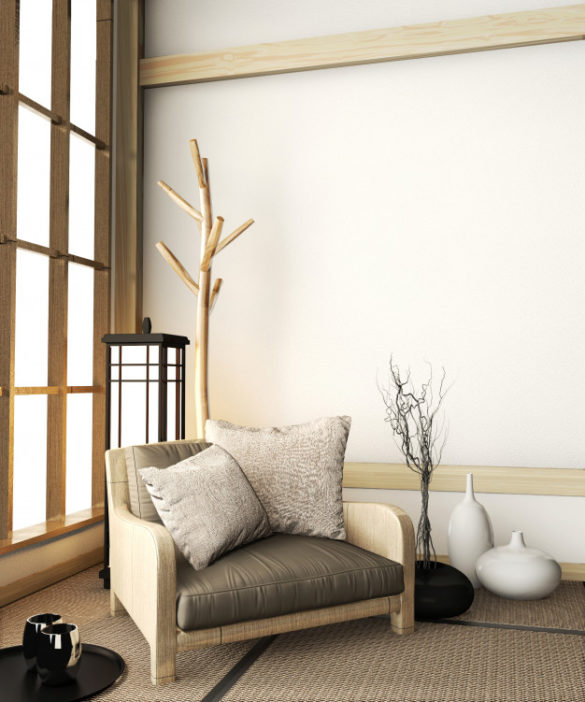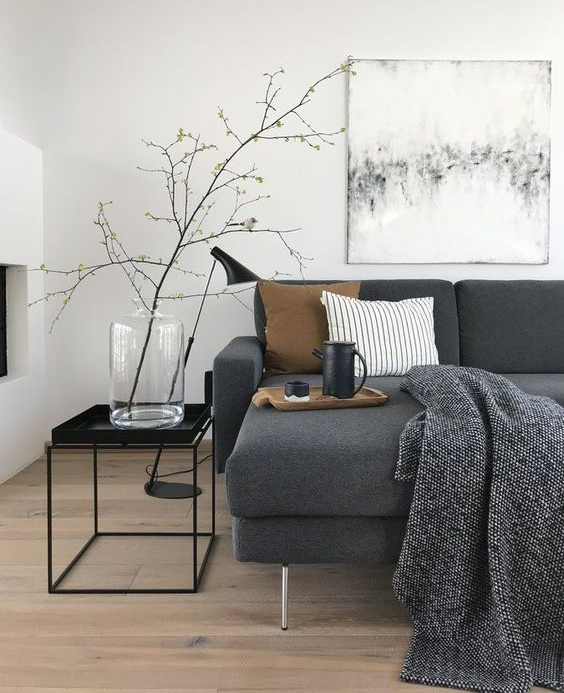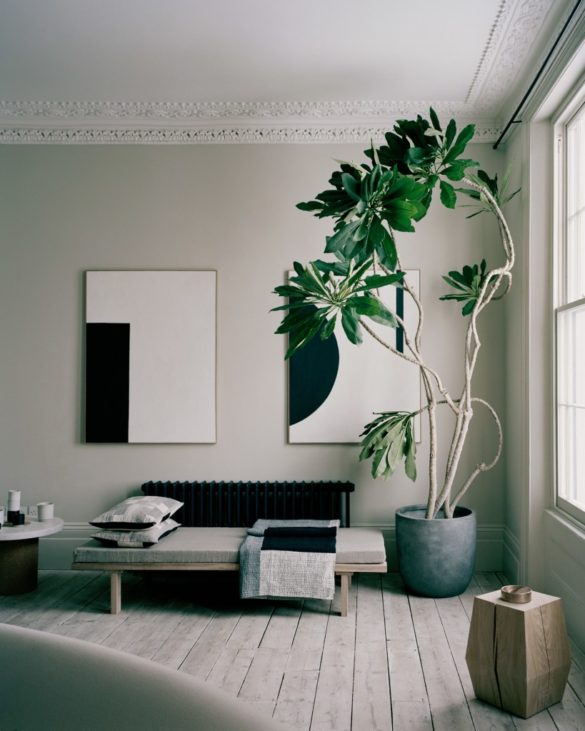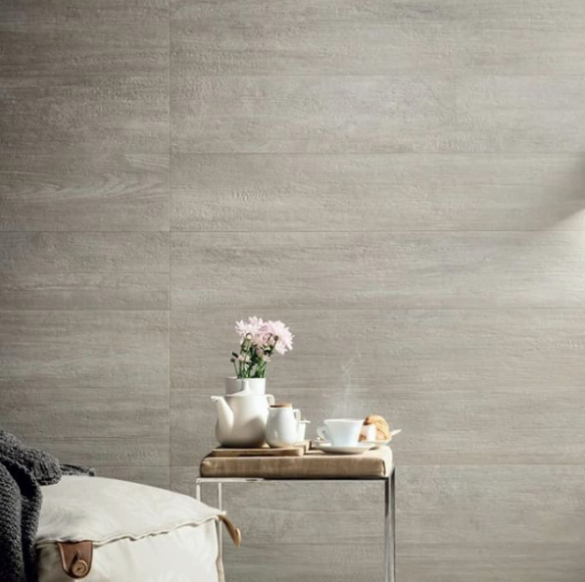Japandi word ( also known as ‘Scandinese’ or ‘Japanordic’) is the fusion between Japanese and Scandinavian words. It’s the name of a rising design trend and philosophy which blends both styles. Experts say this is the year of Japandi interior trend and it’s not difficult to understand why: Japandi interiors are clean and minimalist but warm and cozy at the same time. And absolutely beautiful.
More than just an interior style, Japandi is a philosophy. Indeed, it puts together Scandinavian minimalism with wabi sabi Japanese ethos, that finds perfection in imperfection. This is translated into the beauty of craftsmanship and of traditional decor, of raw materials and simple and natural elements.
Both cultures have very similar aesthetics and design, based on minimalism, on a quiet appreciation of beauty in the functional, and a calm and serene approach to life.
Let’s see together how to create a perfect Japandi interior.

X-Materiality is a collaboration between TSAR x Byzantine Design x LUKE Furniture as a result of various installations displayed in the TSAR Carpets showroom and Luke Furniture showroom
How Japanese and Nordic styles complement each other
Though on different sides of the globe, there has long been an affinity between Japanese and Scandinavian design cultures. There have a shared love for minimalism and the simplicity of clean lines, plus they really respect the authentic beauty of natural materials and quality craftsmanship.
Both design styles also lean towards more practical, uncluttered spaces, enhanced by a just handful of well considered statement pieces and accessories, rather than too much decorative detail.

Danish art to Hygge nyde.co.uk
Combining stylistic differences
There are also some key differences, so the Japandi trend combines the best of both worlds to balance out the excesses of each style individually.
The philosophy of ‘wabi-sabi’ – of finding beauty in the imperfect – is central to Japan’s design culture. Whereas in Scandinavian the notion of hygge – creating an atmosphere of warmth and comfort – is very important.
Japanese interiors tend to exhibit more sleekness and elegance, while the rustic details of Nordic design add more variety and texture. Where the neutrality of Scandinavian interiors can verge on being too clinical, the richer colour palette of Japanese design can help give a room more warmth.
Scandinavian furniture is typically made up of light woods and has a relaxed simplicity, while Japanese pieces are more sleek and refined, featuring stained or painted woods and more curved shapes.
Scandinavian accent pieces focus on comfort, with lots on items like soft rugs, blankets and cushions to give a homely feel, whereas Japanese accents tend to be more utility based.
So Japandi rooms ideally include a mix of both, while keeping things simple and scaled back.
If you love the hybrid philosophy and look of Japandi style, we’ve rounded up some key ways to help you recreate it to your own home.

Apartment styled by Susanna Vento from Finland
HOW TO ADD SOME JAPANDI STYLE TO YOUR INTERIOR
1. Embrace simplicity
Japandi style is a masterclass in minimalism, so keep spaces as decluttered and airy as possibly for maximum tranquility.
Accessories and decorative items are not abundant in either Japanese or Scandi design philosophy – so think more quality than quantity and choose just a handful of well considered statement pieces to accessorise.
Scandinavian design likes soft textured items that add cosiness, while Japanese style favours utilitarian pieces, so try combining items across the two philosophies – sparingly of course.
Sheepskin rugs would be a great addition being so practical as well as very hygge! The unique individuality of each sheepskin – especially the mottled fleeces from the rare breeds – also ticks that wabi-sabi box of being beautifully imperfect!
2. Choose natural materials
Wood is a key material in Japandi style, as are other natural fibres such as bamboo, rattan, and paper so try to incorporate ample use of these. If you’re feeling adventurous, add some bamboo wallpaper, otherwise perhaps choose a statement pieces of furniture made from rattan such as the cupboard pictured.
Mixing light and dark wood together is a good way to create a nice contrast, while also encompassing both design cultures.
Also try adding sheer fabrics that soften the daylight such as voiles and semi translucent paper screens. An origami style paper light shade, is also great accent piece to include.
House plants are another great addition to bring nature indoors – they can can also help soften the clean lines of minimalist look and add some natural vibrancy! A bonsai tree would be a good way to add both greenery and a Japanese feel.
3. Explore warm muted shades, but also contrast colours
When it comes to colour palettes, avoid painting walls anything too bright or clinical looking Instead use off-whites such as Farrow & Ball’s Wimborne White or Slipper Satin for your neutral paint shades. More warmth can some from the colour of materials in the room, such as natural fibre rugs and light coloured wood.
Accent colours in Japandi style include the soft Scandi tones of light greys, pale pinks, baby blues and pastel greens. However, you can add some deeper richness by sparingly using darker accent colours such as charcoal grey, indigo, emerald green or even black.
4. Go low and space out
Japanese furniture tends to be low lying, to satisfy the traditional cultural need to feel and be closer to the earth so low pieces of furniture are a signature of the japandi style.
Try low benches, armchairs and coffee tables in living spaces, and futon style low beds in the sleeping rooms. To align with Scandi style, also ensure you leave plenty of open space around any major furniture pieces.
A style made to last
It may have the catchy name, but Japandi style doesn’t deserve to be labelled a trend in many ways, as that implies that it’s a short-term fad. In reality, Japandi has all the right ingredients to be a longer-term philosophy or design movement with its mix of classic furniture, natural materials and subtle colours.
It provides a great foundation look that can be adapted over time to suit needs, tastes and individuality. While other trends – and undoubtedly more portmanteau descriptions – will quickly come and go, we think Japandi / Scandinese / Japanordic is a classic style that can really stand the test of time.
Sources: Via
